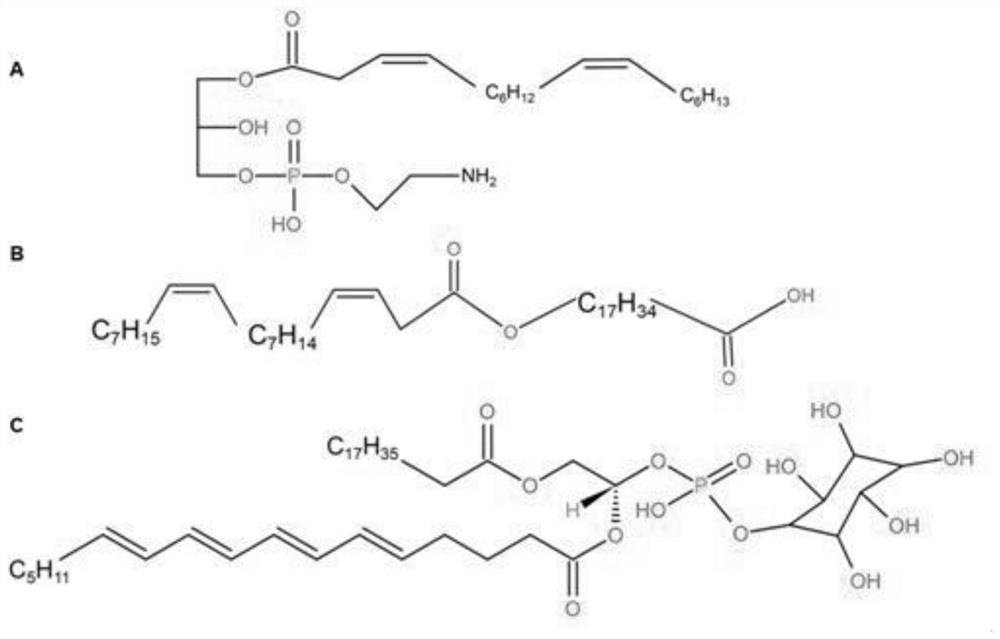Combined metabolic marker and detection kit for judging genetic modification effect of pathogenic bacteria of visceral white-spot disease of epinephelus coioides
A technology for visceral white spot disease and oblique grouper, which is applied in biological testing, measuring devices, material inspection products, etc., and can solve the problems of cumbersome and time-consuming, and limited methods for judging the effect of genetic modification.
- Summary
- Abstract
- Description
- Claims
- Application Information
AI Technical Summary
Problems solved by technology
Method used
Image
Examples
Embodiment 1
[0037] Spleen sample collection: Spleen samples of grouper in WT group and clpV-RNAi group were collected at different time points (6, 12, 24, 48, 72, 96 hpi) after infection. At each time point, 7 fish were randomly sacrificed in each group, and about 15 mg of spleen samples were weighed.
[0038] Analytical method
[0039] Spleen sample pretreatment: put 15 mg of fresh spleen tissue into a 2 ml centrifuge tube, add 300 μL methanol extractant containing internal standard, and use a ball mill (mixer mill MM400, Restch Technology, Han, Germany) to homogenize the tissue (20 Hz, 3 × 1 min ). Then add 1000 μL MTBE and vortex at room temperature for 20 min, then add 300 μL ultrapure water and vortex at room temperature for 30 s, let stand at 4 °C for 5 min, and then centrifuge at high speed (10,000 rpm, 8 °C, 10 min) to separate the two phases and quantitatively collect the upper hydrophobic phase And vacuum-dried in a refrigerated centrifugal concentrator, and the obtained lyoph...
Embodiment 2
[0051] Spleen sample collection: collect grouper spleen samples from WT group and PBS group, and the sampling method is the same as in Example 1.
[0052] Analytical method
[0053] The methods of spleen sample pretreatment and mass spectrometry analysis are the same as those in Example 1.
[0054] Result analysis: the purpose of this example is to verify whether the change trends of the above three markers in the PBS control group are comparable to those in the clpV-RNAi group, so as to further confirm the effect of clpV gene silencing.
[0055] Compared with the WT group, the content of phosphatidylethanolamine (18:2) and hydroxylated fatty acid (38:2) in the PBS group was significantly down-regulated, and the content of phosphatidylinositol (39:4) was significantly increased, and the trend of change was similar to that of clpV-RNAi Group Concordance ( figure 2 & image 3 ). The WT and PBS group samples at all time points were included in the discriminant comparison, an...
PUM
 Login to View More
Login to View More Abstract
Description
Claims
Application Information
 Login to View More
Login to View More - R&D
- Intellectual Property
- Life Sciences
- Materials
- Tech Scout
- Unparalleled Data Quality
- Higher Quality Content
- 60% Fewer Hallucinations
Browse by: Latest US Patents, China's latest patents, Technical Efficacy Thesaurus, Application Domain, Technology Topic, Popular Technical Reports.
© 2025 PatSnap. All rights reserved.Legal|Privacy policy|Modern Slavery Act Transparency Statement|Sitemap|About US| Contact US: help@patsnap.com



